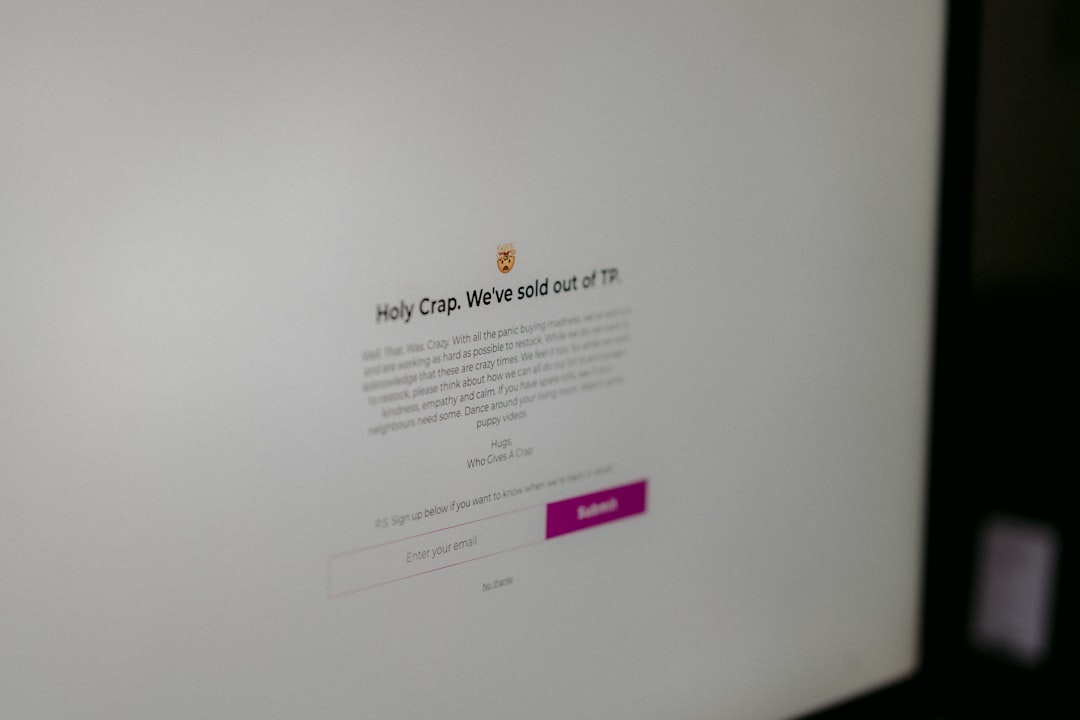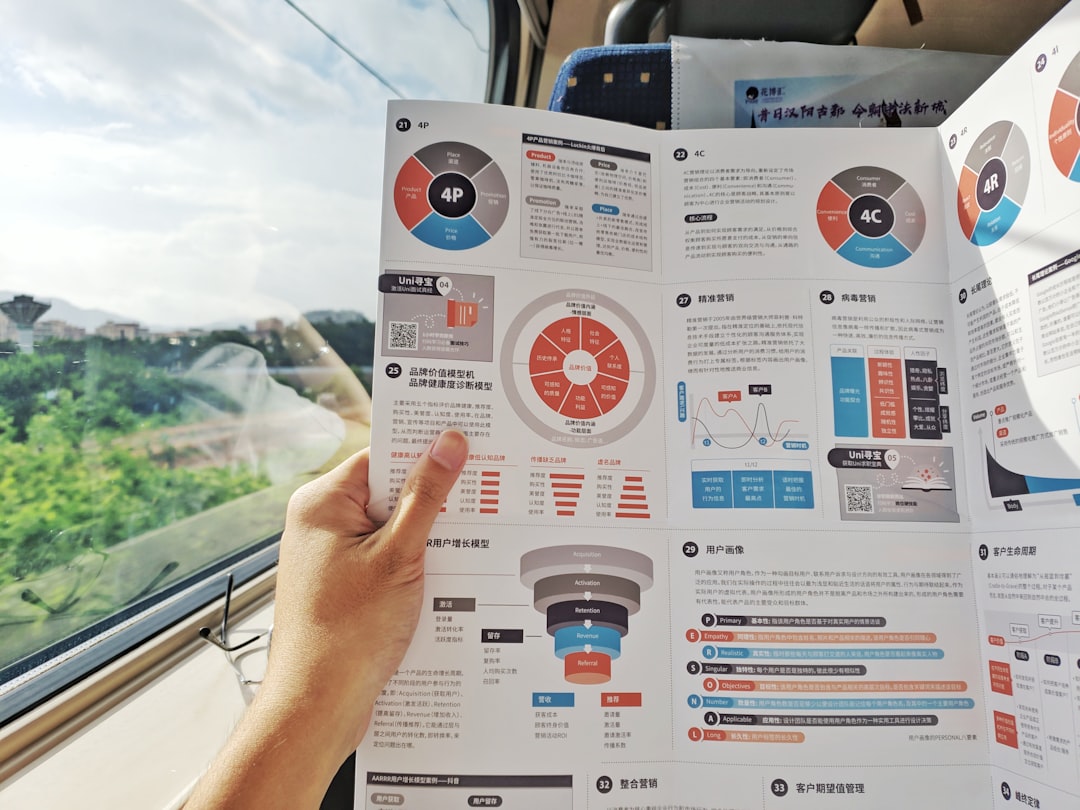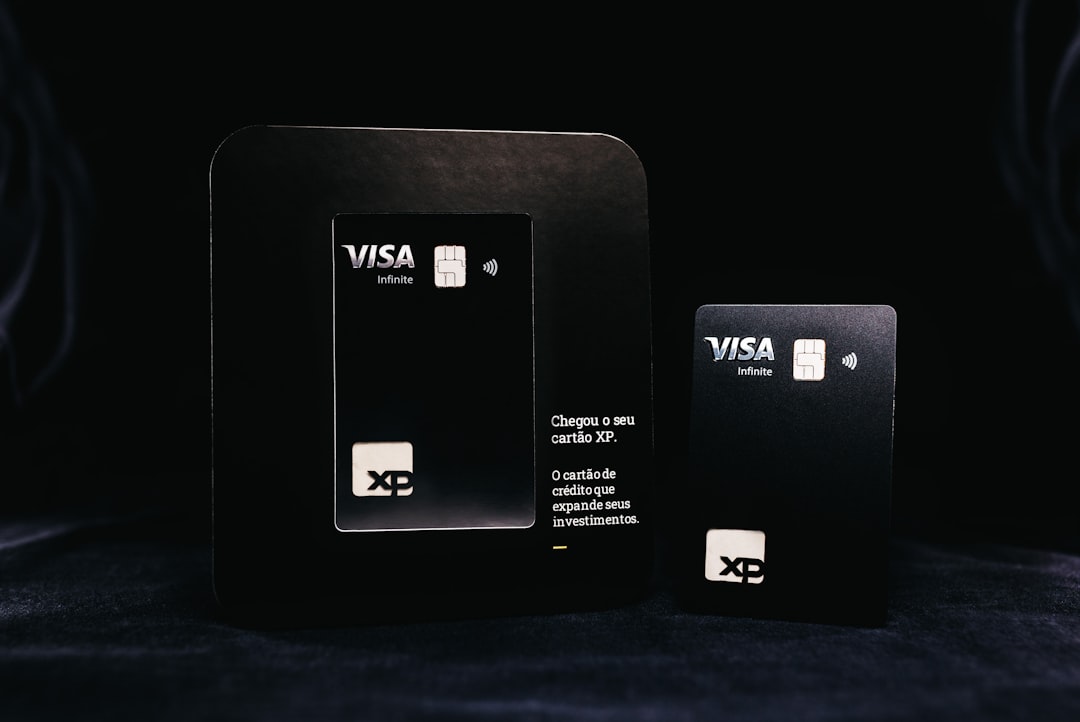In today’s data-driven world, dashboards have become an essential tool for decision-makers across all industries. Yet, for all their promise, many dashboards are underutilized, poorly understood, or outright ignored. The root cause? They are often not designed with the end user in mind. Designing dashboards people actually use requires a thoughtful blend of user experience (UX), data storytelling, and technical accuracy.
Understanding the Purpose of the Dashboard
The first step in designing a useful dashboard is understanding its core purpose. Dashboards can serve many functions—from displaying key performance indicators (KPIs) for executives to providing real-time operational data for front-line employees. A dashboard must be tailored to its user and context. Ask yourself:
- Who will use this dashboard?
- What business questions are they trying to answer?
- How often will they use it?
- Where will it be used—on desktops, tablets, or phones?
A dashboard that tries to be everything for everyone often ends up being useful to no one. Instead, narrow its focus and make sure the content is relevant to the user’s needs.
Principles of Effective Dashboard Design
Great dashboards do not merely display data—they communicate information clearly, quickly, and meaningfully. Below are essential principles that should guide every decision in your dashboard design process:
-
Simplicity Over Complexity
Avoid clutter and information overload. Focus on the most critical information first. Use whitespace strategically and avoid overuse of colors or charts. -
Consistency in Design
Use a consistent layout, typography, and color scheme. Users should not have to re-learn the interface every time they switch dashboards. -
Hierarchy and Visual Flow
Place the most important data at the top or upper left. Visual hierarchy helps guide the user’s eye and makes the dashboard easier to scan. -
Immediate Insights
Users should be able to gain value from the dashboard within a few seconds. Consider using alerts, benchmarks, or indicators to draw attention. -
Interactivity and Drilldowns
Allow users to click on elements to explore deeper layers of data. Start with summaries, and offer details on demand.
Choosing the Right Metrics
An often-overlooked aspect of dashboard design is selecting the right metrics. Dashboards should not be an unfiltered dump of available data. Focus on actionable, relevant, and timely metrics. A widely accepted framework for selecting effective KPIs is the SMART guideline:
- Specific – Is the metric focused and well-defined?
- Measurable – Can the metric be quantified?
- Achievable – Can the metric realistically be impacted by users’ actions?
- Relevant – Does the metric align with business goals?
- Time-bound – Is the metric tracked over an appropriate timeframe?
Consult with stakeholders during the planning phase to ensure what is being measured aligns directly with business objectives.

Design Techniques That Encourage Continued Use
Once you have the structure and content of the dashboard, the challenge becomes encouraging regular use. The following techniques help sustain user engagement over time:
-
Data Refresh and Real-Time Updates
Dashboards become obsolete if they show stale data. Ensure data is refreshed at a cadence aligned with user needs. -
Design for Mobile and Accessibility
Many users access dashboards from mobile devices. Responsive design ensures usability across different screen sizes. Additionally, comply with accessibility standards (such as WCAG) to include all users. -
Incorporate User Feedback
Launching a dashboard is only the beginning. Gather usage metrics and direct feedback to refine the dashboard continuously. -
Provide Contextual Help
Use tooltips, glossaries, and “how to read this” sections to assist occasional users. The easier it is to understand the dashboard, the more likely it will be used.
Visual Best Practices for Dashboards
Strong visual choices enhance usability and reduce cognitive friction. Keep these guidelines in mind:
-
Use Color With Purpose
Colors should indicate meaning—green for good, red for attention, for example. Avoid rainbow palettes that confuse rather than clarify. -
Choose the Right Chart Type
Pie charts for part-to-whole relationships, bar charts for comparisons, line charts for trends. Misusing visualization types is a common pitfall. -
Group Related Information
Visually group metrics that are related in theme or timeframe. This minimizes eye movement and aids pattern recognition. -
Limit the Number of Visualization Elements
Resist the urge to show every possible view of the data. Focus on the key indicators and use layers or interactivity for further insights.

Usability Testing and Iteration
Even a beautifully designed dashboard can fail if it doesn’t serve its users. That’s why usability testing is a crucial step. Invite actual users to interact with early prototype versions of your dashboard. Look for these signs:
- Can users easily find the information they’re looking for?
- Do they interpret the metrics correctly?
- Is any part of the dashboard confusing or redundant?
Record interactions, collect feedback, and iterate. Often, small tweaks in layout, labels, or visualization selection can massively improve user satisfaction and effectiveness.
Examples of Effective Dashboards
There is much to learn from dashboards that have proven successful. Consider the following categories:
-
Executive Dashboards
High-level KPIs, financial summaries, and strategic goal progress. Focus on clarity and brevity. -
Operational Dashboards
Real-time data relevant to processes on the floor or delivery chain. Must be fresh and always accessible. -
Analytical Dashboards
Used by analysts to explore and find meaning in metrics. Requires flexibility, filters, and deep drilldowns.
Each type has a different audience and purpose. Understand these differences to avoid “one-size-fits-all” designs.
Common Pitfalls to Avoid
When dashboard projects fail, they often do so due to preventable issues. Be aware of these common mistakes:
-
Overloading the Dashboard with Data
Users will struggle to extract meaning if they are overwhelmed with too many widgets or numbers. -
Ignoring User Input
Stakeholders and users should be actively involved in the design process—not merely shown the end result. -
Poor Responsive Design
A dashboard unusable on mobile devices limits its reach and decreases engagement.
Conclusion
Designing dashboards people actually use is both an art and a science. It demands empathy for the user, understanding of the business context, and technical skill in data visualization. By focusing on what matters—clarity, usability, and relevance—you can create dashboards that not only display information but drive action. Regular feedback, iteration, and a dedication to simplicity ensure your digital tools actually fulfill their promise: to make better decisions, faster and more confidently.

